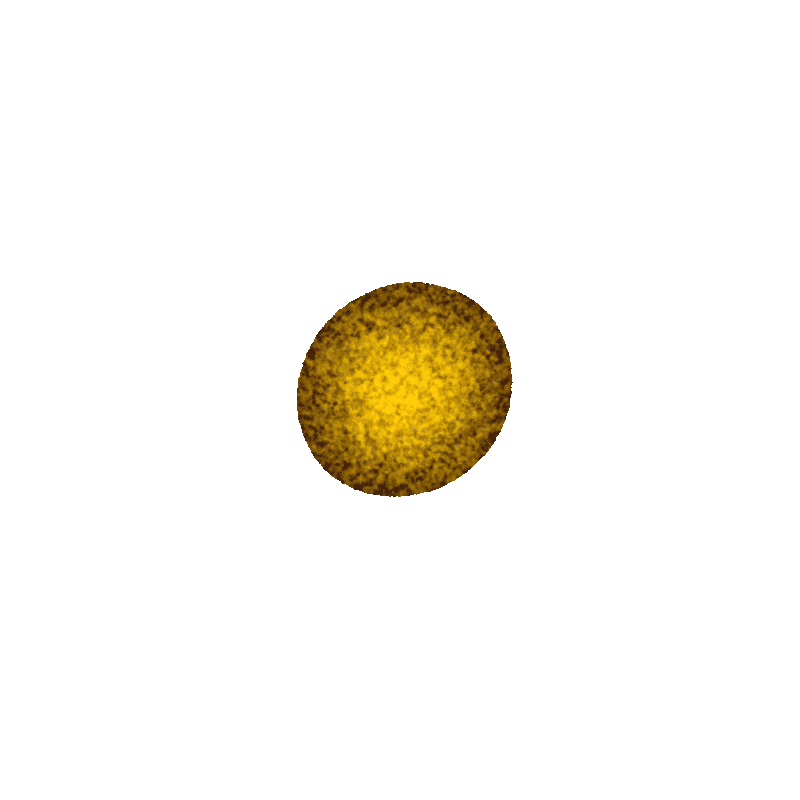
The Art of
Tasting Honey
Honey has diverse sensory characteristics worth exploring. Understanding the sensory nuances can reveal insights into the honey's quality, origin, and the care taken during its production.
Step 1: Observe the Consistency
Evaluate the texture by noting if the honey is liquid, viscous, creamy, or crystallized. Natural crystallization is a sign of high-quality, pure honey and can vary from finely granulated and creamy to thick and coarse.
Step 2: Examine the Color
Colors in honey can range dramatically, offering valuable clues about its botanical source and origin. Notice shades from pale, transparent yellows typical of delicate floral nectars, to rich amber or dark brown hues characteristic of forest honeydew. These variations signal the unique properties of each honey variety.
Step 3: Appreciate the Aroma
Gently swirl the honey and inhale deeply. Aromas may range from subtle floral fragrances to bold, spicy, and woody notes, reflecting the specific plants and environments visited by the bees. Detecting these aromatic profiles can help identify the honey's floral or forest origin.
Step 4: Taste and Savor
Take a small spoonful and allow it to coat your palate. Notice how the taste evolves—from the initial sweetness to more complex notes, such as fruity, floral, malty, or even mildly bitter sensations. The finish, or aftertaste, should linger pleasantly, reflecting the honey's natural purity and careful production.




